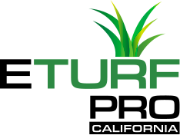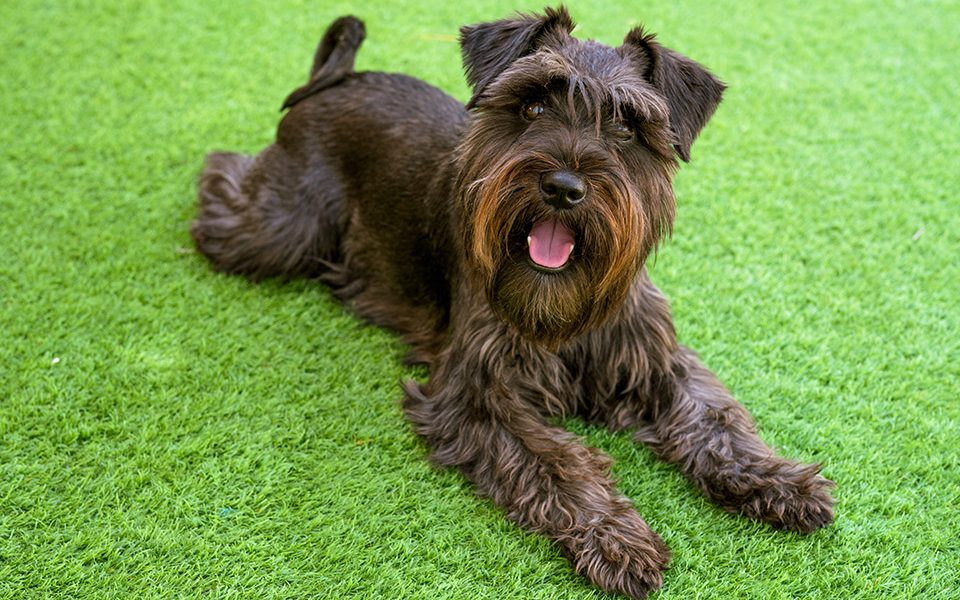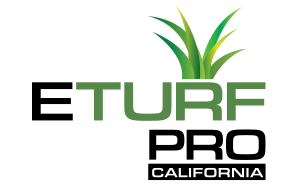Artificial Turf and Pets: How to Care for It When You Have Dogs
Artificial turfs keep your furry friends comfortable and safe from chemicals. Pet turfs are the ideal surfaces for dogs because of the ever-present lush underfoot.
No sign is more common in many neighborhoods than a “no dogs on grass” poster plastered on walls bordering natural grass lawns. Natural grass needs more maintenance than artificial turf and may not be the ideal resting surface for your dog. Artificial turf is more durable, more comfortable, and requires less maintenance. Unlike a natural grass surface prone to damage by your dog, artificial grass can’t turn yellow and doesn’t get muddy and slippery.
You don’t have to concern yourself with watering your artificial turf each morning and evening. Also, you won’t need a lawn mower because the artificial surface doesn’t get shaggy. There isn’t much to take care of, but you’ll still need to do a few things to keep your pet’s surface in good shape. If you pay attention to some little detail in this article, you and your pets can enjoy your artificial turf for years.
Why Is an Artificial Grass Surface Important to Your Dog?
No animal in the world is more wholesome than a happy dog. Many imagine feeding a dog is all it needs to be comfortable and in good shape. Your dog’s comfort extends beyond a good diet to medical attention and a resting place. Artificial grass keeps most pests away and protects your dog from harmful lawn chemicals.
Suburb areas might need more space for your dog. A wholesome dog plays just as much as it eats. You can buy ornamental grass for your balcony and staircase to give your dog enough space to play and lay. I bet you don’t want to wake up to a fresh pee stain on your carpet each morning.
Taking care of your fake grass begins with knowing which artificial grass is good for your dog. If you don’t buy the appropriate dog turf, you may still experience the mess and hassle of natural grass. Dogs play too much sometimes, and their paws might cause wear and tear.
Knowing the best artificial turf for your dog is vital to taking care of and maintaining it longer.
The Best Type of Artificial Grass for Your Dog
Any artificial grass should always mimic natural turf. This type of grass uses short fibers to create the perfect balance between softness and durability.
Consider the following when buying an ornamental grass surface:
Shorter Pile Heights Are Easier to Clean
Your dog may poo on the turf or spill some food on the surface. Natural grass would certainly self-clean, but a fake surface can’t. You must get water and a cloth to clean the artificial grass’s surface. Therefore, buy something easier to clean.
Short-pile turf is easier to clean because dirt remains below or on the surface. Yet, even the shortest pile of artificial grass still needs proper cleaning occasionally.
Don’t Buy an Underlay
Foam underlay might probably make your grass feel like a fluffy carpet. But it can also absorb dog pee, resulting in very bad smells. Buy a non-absorbent underlay that can divert any liquid into the ground below.
We all know that natural grass grows. We also know that artificial turf may look green for a long time. But did you also know that artificial grass grows weeds? The weeds can become a breeding ground for pests that attack your dog.
Add a Layer of Infill Under Artificial Grass
Dogs love to play a lot, so you should set up your ornamental turf such that it doesn’t wear out and your dog can play without any restrictions.
Add an infill layer beneath the grass using crumb rubber, sand, or silica granules to pamper your furry best friends.
How Do You Deal with Discoloration and Bad Smells?
Artificial turf doesn’t change color, no matter how often your dog poops on it. But in rare circumstances, the surface may fade. Ensure you clean up any mess and dry up the surface before welcoming your dog again. If you properly care for the ornamental surface, you’ll never have smelly turf.
Sometimes, you may never notice your dog having a favorite pee spot. This spot may smell pretty awful and eventually becomes difficult to clean. Be observant and know your canine’s behaviors. If you have dogs trained on turf from a young age – they can become very picky with their spots.
When your dog pees on artificial grass, it drains away just like natural grass, and if it’s raining, the better. Bad smells only become serious when the pee stays in the lawn because it has not rained in a while or because the turf lacks a proper base for urine drainage.
When your dog poops on an artificial surface, you should immediately scoop up and dispose of dog poop. Also, hose down the area to prevent residuals from messing up the spot.
How to Clean Your Artificial Surface
You must always keep your turf clean and healthy. Don’t give breeding room for pests. But how do you clean your dog’s favorite spot?
A high-pressure hose will help with pesky odors left behind by Fido or Fluffy. Clean the area at least once a week to eliminate the smells and debris from the surface.
Get a good brush or garden vacuum to clean up any dried dirt on the turf’s surface. There are special types of bleach and purpose-made detergents that can maintain the color of the turf.
Takeaway
Compared to real grass, artificial turf is more maintenance-free, more comfortable, and more lasting. Artificial grass is also less likely to be damaged by your dog and won’t turn yellow or become muddy or slippery. Dogs will love running around on an artificial surface because it doesn’t feel too hot in the summertime heat. You must clean the turf properly to prevent bacteria from living in urine stains and causing a bad smell. Wash the turf with enough water and a pet-friendly cleaner.


